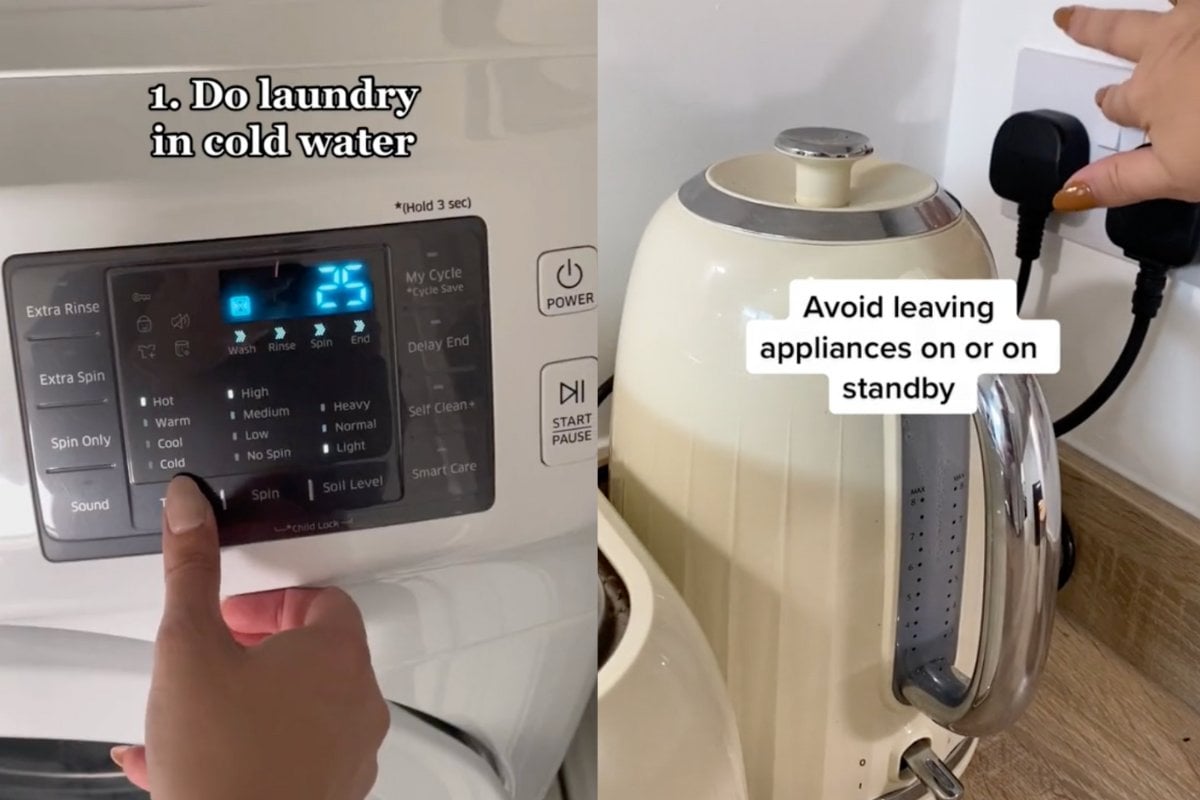

With shorter days and cooler temperatures, it’s no surprise that the colder months often bring higher electricity bills.
Thankfully, there are loads of simple changes that you can make at home to reduce your energy use and ultimately contribute to a more sustainable energy system.
From utilising timers to making energy saving choices in the kitchen, here are seven micro-changes that could save you money on your next electricity bill.
1. Manage your heating and cooling throughout the year.
In the cooler months, heating can account for a large portion of your electricity bill.
Western Australia’s largest energy retailer Synergy recommends setting your heating to 18 degrees in winter. This temperature allows your air conditioner to run in the most energy efficient way. After all, every extra degree warmer means your system is using more electricity and ultimately may increase your electricity costs.
As for summer, Synergy recommends setting your cooling to 24 degrees.
Make sure to keep interior doors closed and consider just cooling or heating the rooms where you’re spending the most time to help your system run in a more energy efficient way.
2. Utilise timers on your appliances.
There’s genuinely nothing worse than having to leave your warm bed on a cold winter’s morning.
But there is a solution. Did you know that many heating systems have scheduling tools? Using a timer to turn the heating on half an hour before you get out of bed ensures you can wake up to a toasty, warm house.
Plus, it’s more energy efficient to heat up your home gradually, rather than cranking up the heating when you first get out of bed.